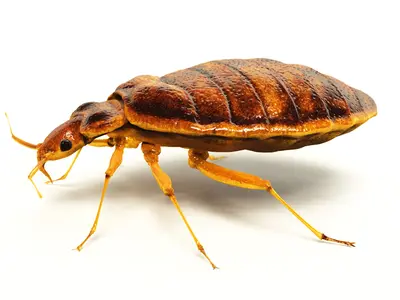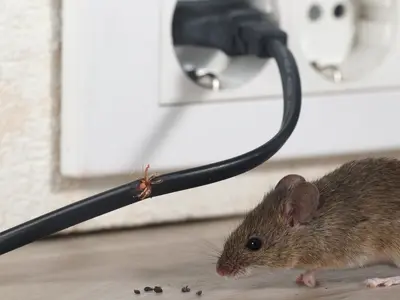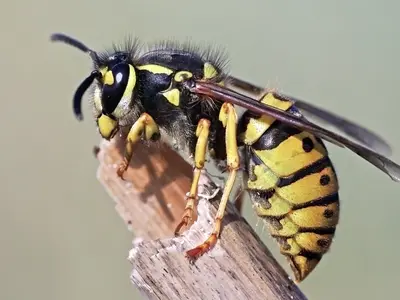How to deal with a fly infestation in your business?
Contactez nos experts Pest Control !
Pour lutter contre les mouches dans votre établissement, faites appel à nos experts :
Demandez un devis
Do you actually know about flies?
The fly is the most widespread insect on the planet, present on all continents except Antarctica. It is complicated to trace the exact geographical origin of this flying insect, some fossils date back more than 240 million years (Cretaceous period), but what is certain is that its omnipresence has caused many nuisances for Humans over the years.
Omnipresent indeed, as there are about 100 000 different species of flies on Earth, and despite its life expectancy of 5 weeks on average, a couple of flies can generate up to 50 million offspring in 1 month.
The Musca Domestica, or housefly, is the most widespread species, and the most recognizable with its gray thorax and its large red eyes. They allow the fly to have a panoramic vision at 200 images/second (vs 24/second for humans) and allows it to easily locate its prey, that is to say; detritus, organic matter in decomposition, or excrement.
Indoor and outdoor flies proliferate in warm, moist, and bright places that are close to a food source. Be careful with anything that is in a state of decay, as this is the preferred place for flies to lay their eggs. After hatching, before becoming an adult fly, they go through a complete metamorphosis cycle (egg, larva, pupa, fly) that lasts for about 2 weeks. An invasion can then, happen quickly.
A flood of flies can cause more important and serious damage than simple discomfort. As soon as they hatch, they are a source of nuisance, as the larvae will accelerate the rotting and fermentation of organic matter within their reach. As adults, they land and eat on all surfaces, which means that they are vectors of pathogens of different substances. They do not hesitate to bring back samples of the feces, they have just feasted on your food. As a result, they are regularly in contact with certain micro-organisms that carry diseases such as salmonella, gastroenteritis, cholera, and many others.
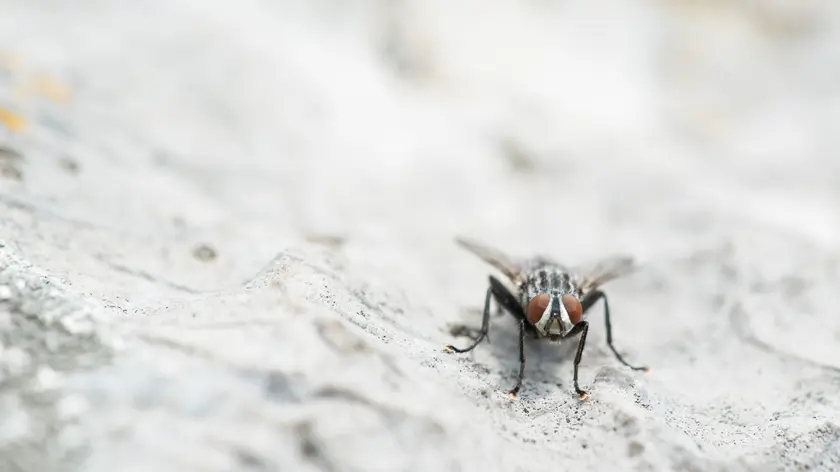
What are the characteristics of the fly?
- Measures between 6 and 8mm
- Life expectancy between 2 and 5 weeks
- Vision at 200 images per second
- It can neither reproduce nor fly if the temperature is lower than 10°C
- It lays eggs in decomposing matter
- It goes through 3 larval stages
- Omnivorous
What are the risks of an infestation?
- Flies contaminate food and surfaces
- Brings in pathogens
- The larvae accelerate the rotting of food due to the moisture they release
- Damages the company's image
- Generates discomfort and noise pollution
How to avoid a fly infestation?
- Take out the garbage regularly
- Store food hermetically
- Do not leave crumbs
- Eliminate stagnant water
- Avoid the accumulation of organic waste
- Check the waterproofing of your premises / houses
To deal with a fly infestation in your business, call our Pest Control experts:
What to do in case of a fly infestation?
A fly infestation can quickly become unmanageable and getting rid of it quickly becomes impossible without the proper equipment.
Our Pest Control teams are trained in the procedures and operating methods for using pest control solutions to treat fly infestations. They are aware of the lifestyle of these pests and adapt their treatment to the characteristics of your premises and the level of infestation. Our experts also guarantee precise monitoring to ensure the complete disappearance of these small beasts from your facilities.
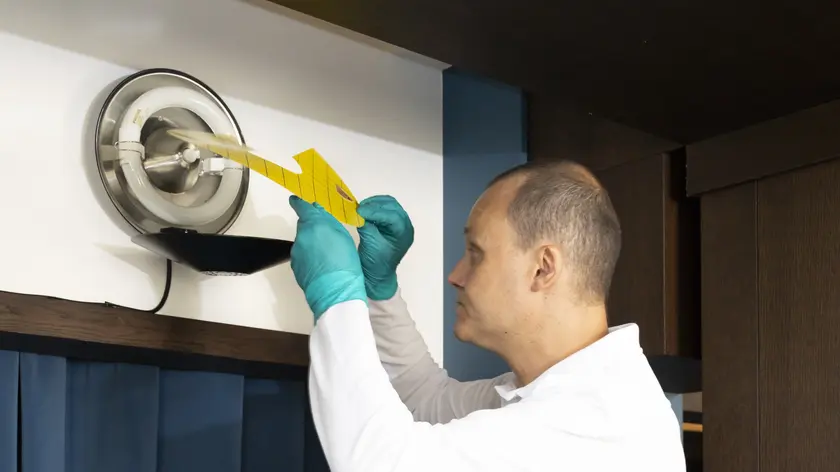
Ask for a quotation or information
Discover more about our Pest Control solutions
If you need information or a quote for your project, our teams are here to help. Contact us!
*Required fields
Account details









